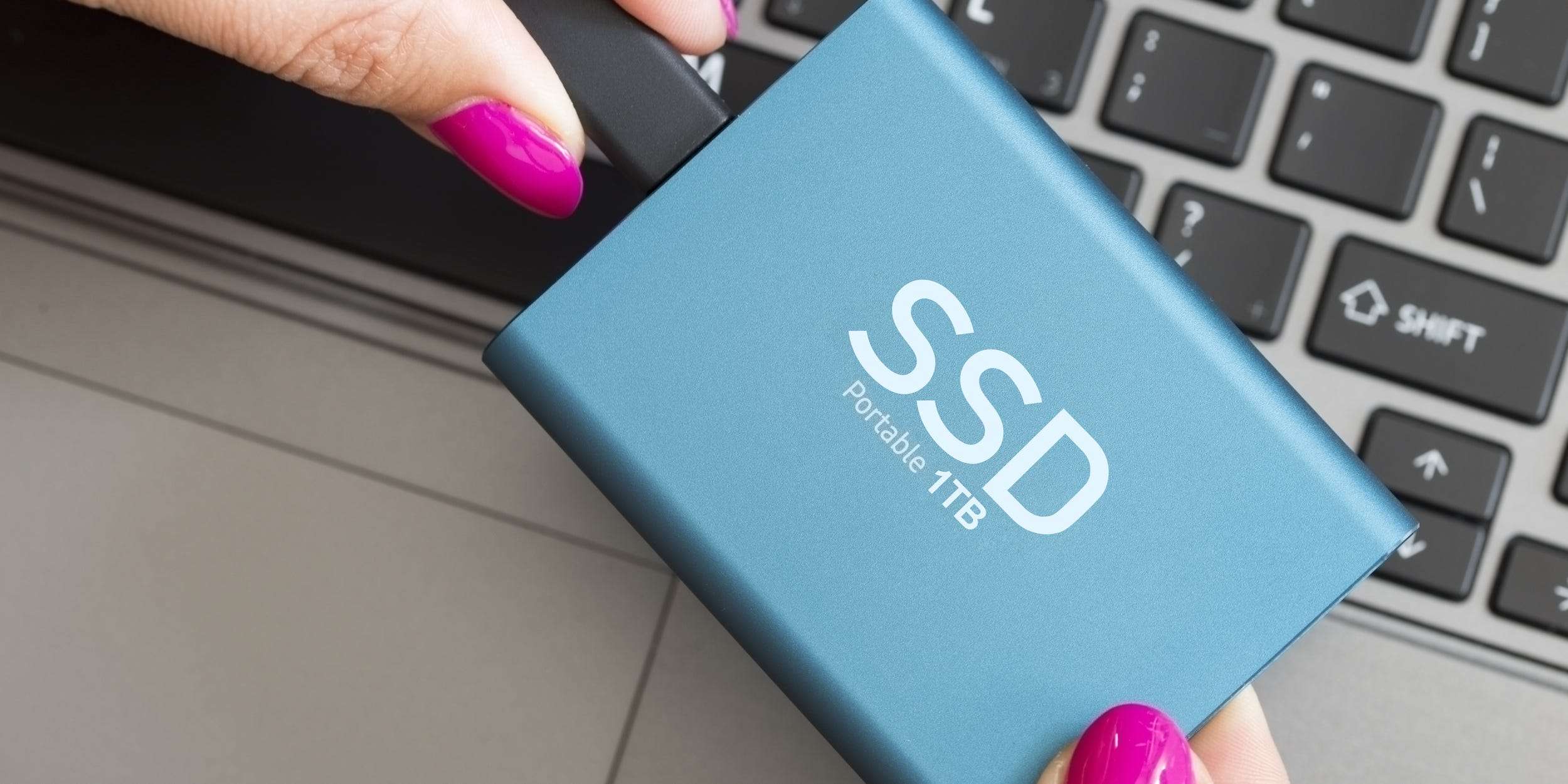
- #Ssd health status how to#
- #Ssd health status serial#
- #Ssd health status trial#
- #Ssd health status password#
#Ssd health status serial#
technology-supported program aids in the detection and prevention of disc surface faults in the future so that you may take appropriate action before data loss results in irreparable loss.ĬrystalDiskInfo displays a wide range of specific details about the hard drive, including the manufacturer and model as well as the size of the buffer and cache, the serial number, and even the firmware that is employed. You may use the program CrystalDiskInfo to keep the hard disc in your PC in good shape. To access the backup options and upload the files to OneDrive, you can also select the “Back up immediately” option.
#Ssd health status how to#
Or, if you're rocking macOS, check out how to use macOS - essential tips and tricks.It is highly advised to back up the data right away if you receive a hard disc risk of failure notice because the likelihood of failure is high. This is a part of the smartmontools package, which. CrystalDiskInfo which you can download for. In our case, we used Crystal Disk Info (aka.
#Ssd health status password#
If you're a Windows user, find out how to enable God Mode in Windows 11 or 10, how to find out which Windows version I have and how to see your Wi-Fi password in Windows 11. If youre running Linux, the simplest way to check SSD health is through to the command line tool smartctl. You can easily determine the health of an M.2 SSD using free utilities.

Now you know how to check your hard drive's health, you may want to check out our guide on cloud storage vs external hard disk drive to see if ditching your drive may be the better option.
#Ssd health status trial#
Instead, you're going to need to clone your drive, using a program such as EaseUS Todo Backup, which has a free version for Windows (opens in new tab) or a paid version with a free trial for macOS users (opens in new tab). However, if you have any programs installed or system info you'd like to be brought across, this is likely to be left out if you choose this method. The easiest way to do this would be to simply copy/paste or drag everything from the disk to the second one, which is the best method if your disk only contains media files such as songs or movies. It's also worth checking whether your data has already been backed up in the cloud, since Windows' OneDrive and macOS' iCloud both offer these services, which you may not have realized were turned on.Īlternatively, if your connection isn't up to the task, or if you're racing against time before meltdown occurs, you may want to copy or clone your disk's contents to another drive. The easiest way to do this may be by using a cloud storage service, since this requires no additional hardware and is relatively simple. If, after running checks, you discover your drive is dying, what do you do? Well, the first thing you'll want to consider is how to backup all your data.

If you'd prefer to go first-party, it's worth seeing if your disk manufacturer has its own tool, such as Western Digital's Drive Utilities (opens in new tab), or Seagate's handy SeaTools (opens in new tab). That's where standalone programs come in handy, which can offer more extensive info.įor Windows, CrystalDiskInfo (opens in new tab) is a free tool that can delve a bit deeper into your disk's status, while macOS users should take a look at DriveDX (opens in new tab), which costs $19.99 but comes with a free trial. tool is quick and easy, it doesn't do much beyond telling you whether your disk is fine or about to die. Note: This information won't appear if you're running a post-2015 machine with an SSD installed. status" section in the bottom-left, or by clicking the " i" icon in the top-right.

Click the drive you want to check, and its status will read either " Verified" or " Failing" in the " S.M.A.R.T. To do this on macOS, open the Disk Utility tool by going to Applications, then Utilities.


 0 kommentar(er)
0 kommentar(er)
